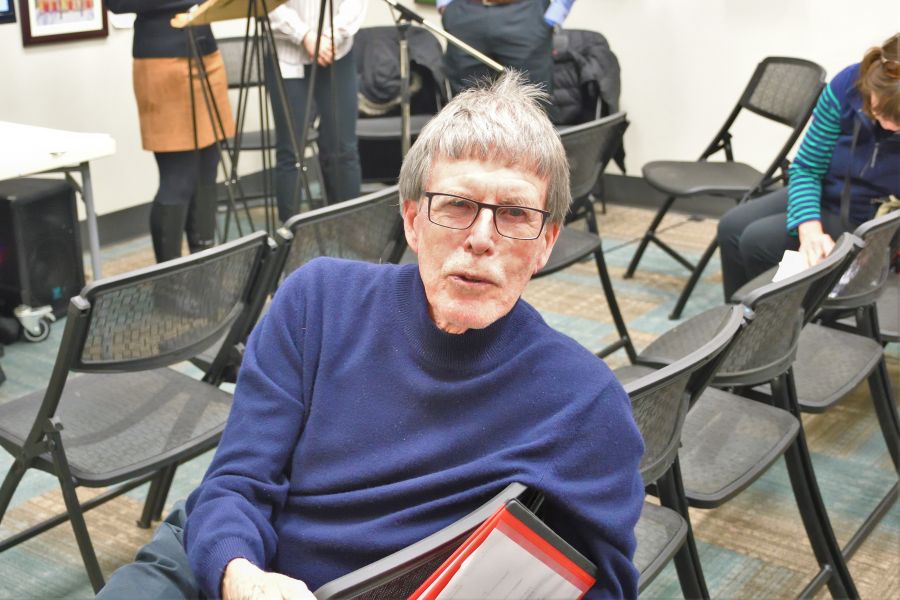Twenty years ago, few people were aware of meditation and fewer still, the term mindfulness. These days, both are practiced by a growing number of Canadians.
Recently, for example, a local family health care team offered an online mindfulness program – within a day, it was oversubscribed.
Even giants like Harvard University’s Mass General Brigham health care service now offer regular online and in-person courses in similar and broader alternative medicine programs.
Recently, Harvard promoted a program they titled a “Positive Psychology Course,” which “reveals the easy-to-apply tools to help you enjoy enduring happiness – not just fleeting emotional highs, but a deeper long-term satisfaction and contention in your life.”
Wow, that’s some claim for anyone to make – even Harvard. The Mayo Clinic isn’t as brash in its approach and claims, but they too support similar initiatives as part of their holistic approach to wellness and disease.
Once the requisite neural underpinnings for symbolic thinking and language, storytelling and imagination and creativity were in place to support them, meditative and mindfulness practices in some form probably followed and may have been widely practiced as early as Paleolithic times.
Meditation especially has been a part of Judaic, Christian, Islamic, Buddhist and other religious practices for as long as they have been around. The near-universal survival of such meditative practices strongly attests to their value for humans wherever they migrated and settled throughout the world over many thousands of years.
Unfortunately, the impact of science in the 19th and 20th centuries weakened these ancient practices to the point when in the latter half of the 20th centuries, meditative practices almost disappeared in the Western world, except in monasteries and other retreats from the march of modernity and relegated to the “fringe” by mainstream medicine.
But what was fringe in health care not so long ago has become not only respectable but actively promoted by mainline health care organizations probably under pressure from patients to adopt more holistic approaches, hitherto verboten territories for mainline medicine in the 20th and early 21st centuries.
The movement to reintroduce meditation and like practices hasn’t come from basic neuroscience – far from it.
The brain is much too complex for most basic neuroscientists to study without focusing on more manageable subsystems and regions of the brain such as the visual system, memory, position and grid cells in the temporal lobe – studies on each of which led to Nobel prizes.
These bite-sized, manageable ventures were triumphs, unlike much harder-to-tackle grand subjects such as the nature of consciousness, as Francis Crick found out to his chagrin later in his career.
One exception for neuroscientists and psychologists has been the wide adoption of real-time functional MRI studies which are capable of localizing changes in cerebral blood flow and oxygen utilization related to specific motor tasks or speech, but also highly complex psychological processes such as awareness, thought, feelings and emotions, which are the grist of meditation and mindfulness.
Whatever the neuroscience behind the closely related practices of meditation and mindfulness, they fill a void in the spectrum of health care services that mainline medicine lost many years ago when practitioners focused on the science of what they were doing and less on listening to and empathizing with their patients.
Few doubt the benefits that science brought to the prevention and treatment of heart disease and stroke, many cancers, and the prevention of many infectious diseases through vaccination.
Unfortunately, what was lost in the triumphs of modern medicine is what was formerly called bedside medicine – the emotional bond and understanding between patients and health care providers.
That was one driver behind the current growing popularity of meditation and mindfulness. More importantly, people want more control over their worries, anxieties, and the pressures and urgencies of daily life that seem to overwhelm them at times.
Is there anyone who hasn’t suffered from one or more of the above troublesome feelings and symptoms who doesn’t want an answer to them, including those bodily symptoms, which are so clearly connected with constant stress? I venture, no one.
Mindfulness and meditation recognize the truism that the mind, body and immune systems affect one another. That’s especially the case for what’s going on in the brain affecting the gut and immune systems. For example, when we’re anxious, we often feel it in a roiling gut or headache.
Two years ago, a six-week series on the brain was held at the Niagara-on-the-Lake Public Library with a heavy focus on the basic functions of the brain such as movement and balance, sensation, memory and speech.
Unfortunately, too little attention was paid to a more holistic approach.
David Elkins, who reviews the annual Nobel prizes in economics and peace, stepped in with a seventh lecture on meditation.
It was well-received and for good reason: Elkins has a deep knowledge of the history of meditation, which he has practiced for many years. He knows of which he speaks and is the author of a new book on meditation.
Given the public interest in meditation and mindfulness, Elkins and I plan two programs for the fall.
The first will be a three-week introduction to the nature of these disciplines on Aug. 30, Sept. 6 and 13 to be followed by a second more practical series on Sept. 20 and 27, Oct. 4 and 11, all at the Niagara-on-the-Lake Public Library at 2 p.m.
A warning: you might want to sign up soon.
Dr. William Brown is a professor of neurology at McMaster University and co-founder of the InfoHealth series at the Niagara-on-the-Lake Public Library.







